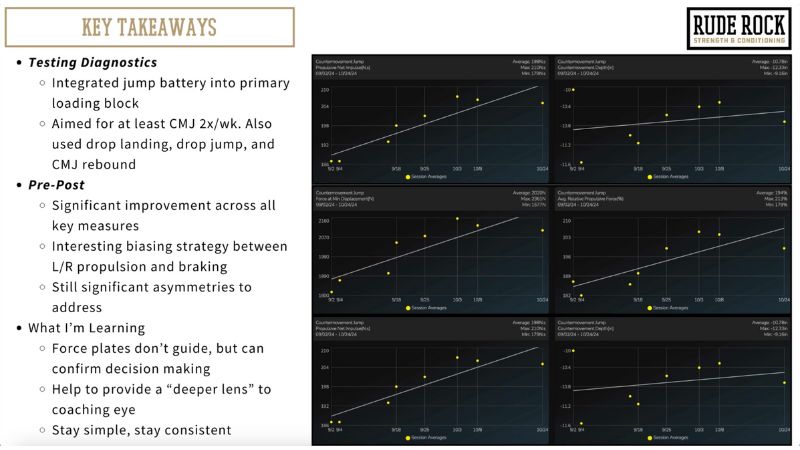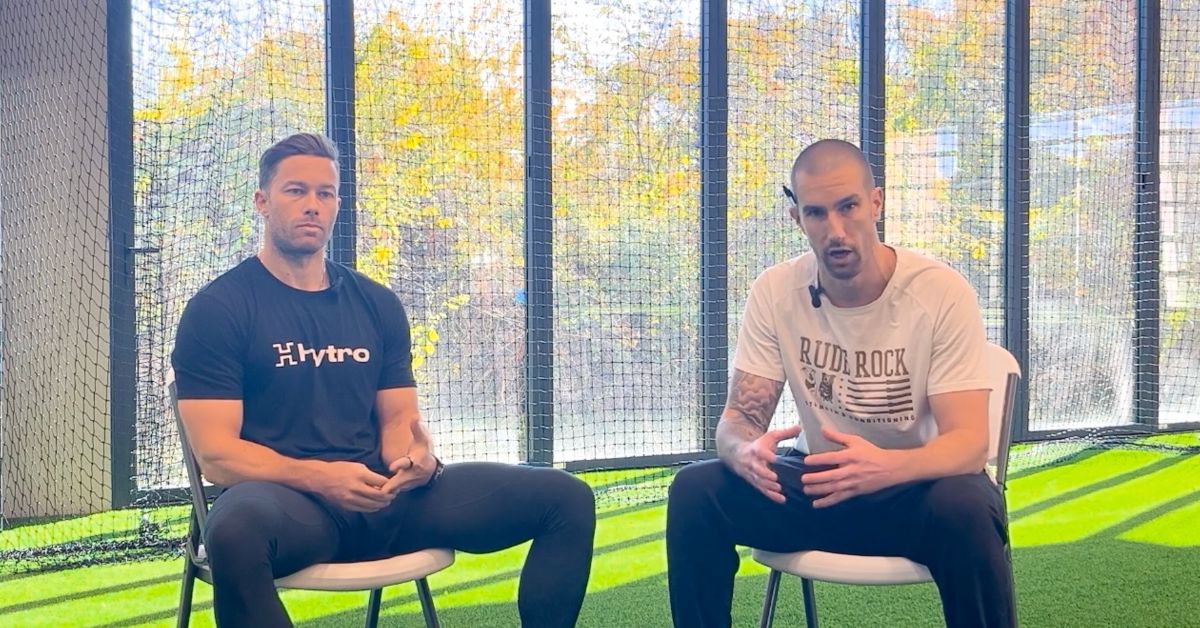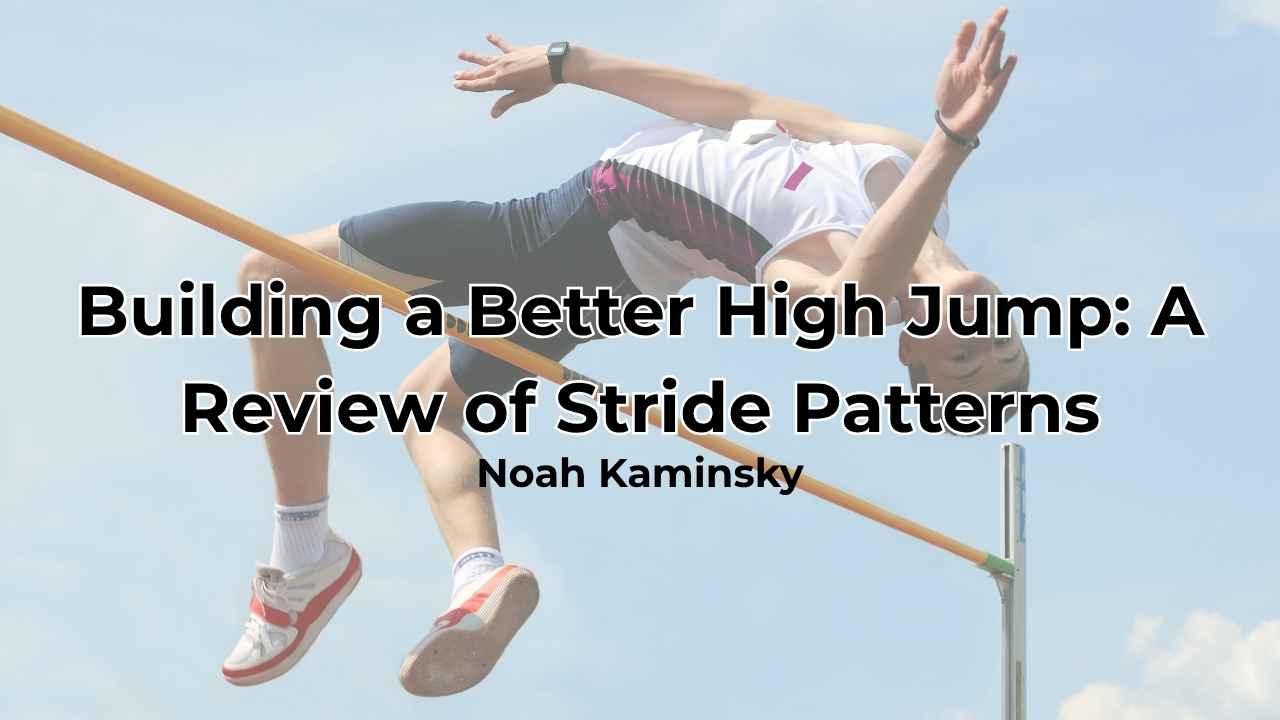Within the last decade, technological advances have captivated the human performance industry. From radically advanced testing capabilities to a spectrum of biotracking and software devices, we have officially entered a new era in our industry. Leading the way for the majority of us has been the interjection of force plates. What was once seen as a costly and sophisticated piece of lab equipment has suddenly become a standard of necessity.
By most accounts, the infusion of tech and data-centric practice in our space has already proven to be largely beneficial. For several decades, our industry was plagued by—and therefore minimized due to—a lack of objectivity. Prior to 2010, human performance testing was relatively scarce. Apart from a few individuals/organizations, force plates, motion tracking, and so forth were only really being conducted in university or lab settings. Beyond the general inaccessibility, advanced diagnostics were costly, lacked efficiency, and were often impractical due to the constraints of software capabilities.
Safe to say, we’ve come a long way in a short period of time.
Once seen as a costly and sophisticated piece of lab equipment, force plates have suddenly become a standard of necessity, says @danny_ruderock. Share on XLearning to Ask the Right Questions
Despite the progress and validation that the commercialization of force plates have provided human performance, it has not come without cost—both figuratively and literally. Costs aside, coaches have commonly experienced challenges such as understanding the bounty of measures, changing their session/daily routines, and irritations with glitches and accuracy. We should also be cautious about falling into the trap of paralysis by analysis. In other words, just because something can have a number or a pretty radar chart…doesn’t necessarily mean it should.
So, this begs the question: is it worth it?
I’ve been candid in expressing my own struggles and frustrations adapting to the technology era of human performance. Safe to say, it has not been a seamless transition for me, and the most challenging aspects have been centered around the perceived disruption to my routines, along with implementation and data interpretation. My philosophy has always been that if I’m going to change my structure or approach, it needs to significantly influence my decision making.
We should be cautious about falling into the trap of paralysis by analysis. In other words, just because something CAN have a number or a pretty radar chart…doesn’t necessarily mean it SHOULD, says @danny_ruderock. Share on X
Analyzing and utilizing the deeper data and truly understanding how that influences programming decisions have been my primary shortcomings. Initially, I questioned the expense because I wasn’t really changing much about how I coached or trained athletes. That was until I met Brian Buck, who is a lead consultant for Hawkin Dynamics and someone who has been utilizing and teaching on force plates for over a decade.
People like Brian have been instrumental in helping many of us navigate the expanded implementation of force plates. While many may claim it, very few individuals have mutual degrees of expertise on both the sport science and strength and conditioning sides of the field. Collecting extensive data is great, but without understanding the back-end and how it influences decisions thereafter, we aren’t moving the needle the way we think we are. Brian has been a game changer for me, and has completely revamped my appreciation for—and ability to utilize—my force plates.
Collecting extensive data is great, but without understanding the back-end and how it influences decisions thereafter, we aren’t moving the needle the way we think we are, says @danny_ruderock. Share on XWhich brings me to the motive of this article: what does the data mean, and how does it affect our decision making thereafter?
Video 1. Full webinar discussion with Brian Buck and Danny Foley on how to integrate Hawkin Dynamics force plates into specific training sessions and ways to apply the data the improve the performance of your athletes.
A few months back I had the pleasure of sitting down with Brian to talk candidly about these challenges of force plate utilization. If you’re like me at all, this conversation will be highly valuable, as we cover a range of subtopics relating to force plates.
What I took away from this conversation is that when you are new to force plates, start with a handful of key metrics, and understand them thoroughly before analyzing more. Rather than trying to ‘jump all the way in’ and immerse yourself, go piece by piece. It’s better to be effective with a small pool of knowledge than be misled by plethora of numbers. I hope you all enjoy this talk as much as I did.






